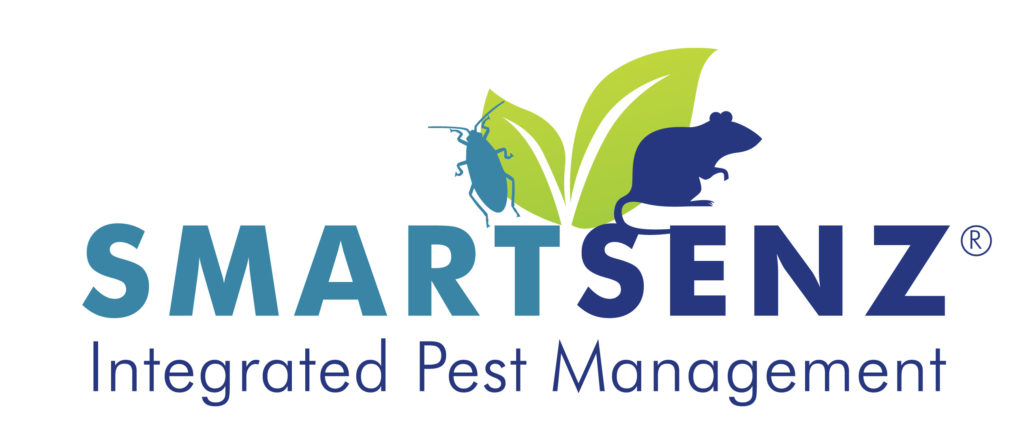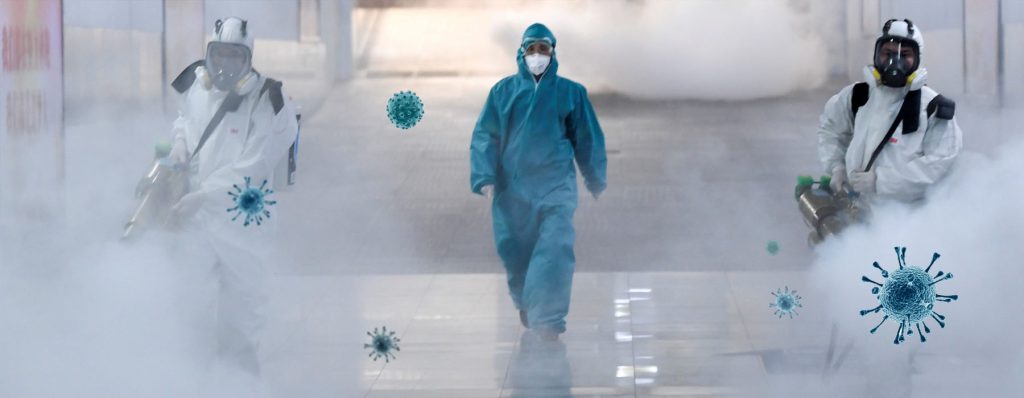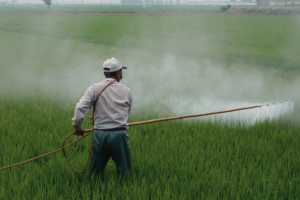The OHSA guidelines on preparing the workplace for COVID-19 were released on 10 March 2020 to assist employers to reduce the impact of COVID-19 outbreaks in businesses, amongst workers, customers and the general public.
Although our knowledge on the novel COVID-19 is still evolving, we all know the basic steps to reduce the risk of spreading the virus, i.e. not touching our faces, not coughing or sneezing into our hands, keeping our distance from people and washing our hands constantly (with at least 70% alcohol if possible).
What has not yet been documented however, is the transmission of the virus from a CONTAMINATED SURFACE to a person. Although you can find a variety of differing articles indicating how long the virus can survive on different surfaces, the fact of the matter is the length of survival is dependent on a number of factors: the droplet type (i.e. saliva or mucus), the droplet size, humidity, temperature and the surface type.
With this general uncertainty, the safest way to minimize your risk is to practice hygiene/cleaning and disinfection practices on, at least, a daily basis. But what is the difference between cleaning and disinfecting?
From the Centre of Disease Control and Prevention:
- Cleaning refers to the removal of germs, dirt and impurities from surfaces. It does not kill germs but removes them from the surface.
- Disinfecting: refers to using chemicals to kill germs on surfaces. This process does not necessarily clean dirty surfaces, but kills the germs on it (hence, the need for at least 70% alcohol).
With this knowledge, the need for disinfection measures is highly evident.
Disinfection measures can be DIY, or you can outsource to a professional. If you are a business that has begun operating or will be operating soon, you need to take precautions to keep your employees and clients as safe as can be.
So, how do you know when to choose the DIY method, or when to outsource to a professional?
Well, the following items are frequent touch point items that should be disinfected throughout the day or at least daily:
- Door handles
- Kettle handles, microwave buttons or any shared appliances & utensils
- Keyboards
- Phones
- Taps
- Toilet handles and other items in close vicinity to the toilet (i.e. basins, taps, dispensers)
- Light switches
- Keys
- Vehicles
And the list goes on…
If you have high human traffic and cannot disinfect these items often enough – you may need professional assistance.
Professionals are specially trained to disinfect areas by using specialized equipment, usually fogging technology. This technology involves a fogger machine that generates a cloud of extremely small droplets of disinfectant liquid. The droplets disinfect the surface that they touch, and since the disinfectant is spread through a cloud, the droplets can touch underneath, on top of and on the sides of any objects or inaccessible areas that would otherwise be difficult to disinfect. The beauty of fogging technology is that it can treat large areas in a short space of time, ideal for offices/ warehouses/ locker rooms etc. that need to be treated before the workday starts.
There are a lot of companies out there offering a professional disinfection service. Make sure that you do your homework:
- compare protocols,
- compare safety information, and
- compare quotes (we all need some help in this new economic climate).





